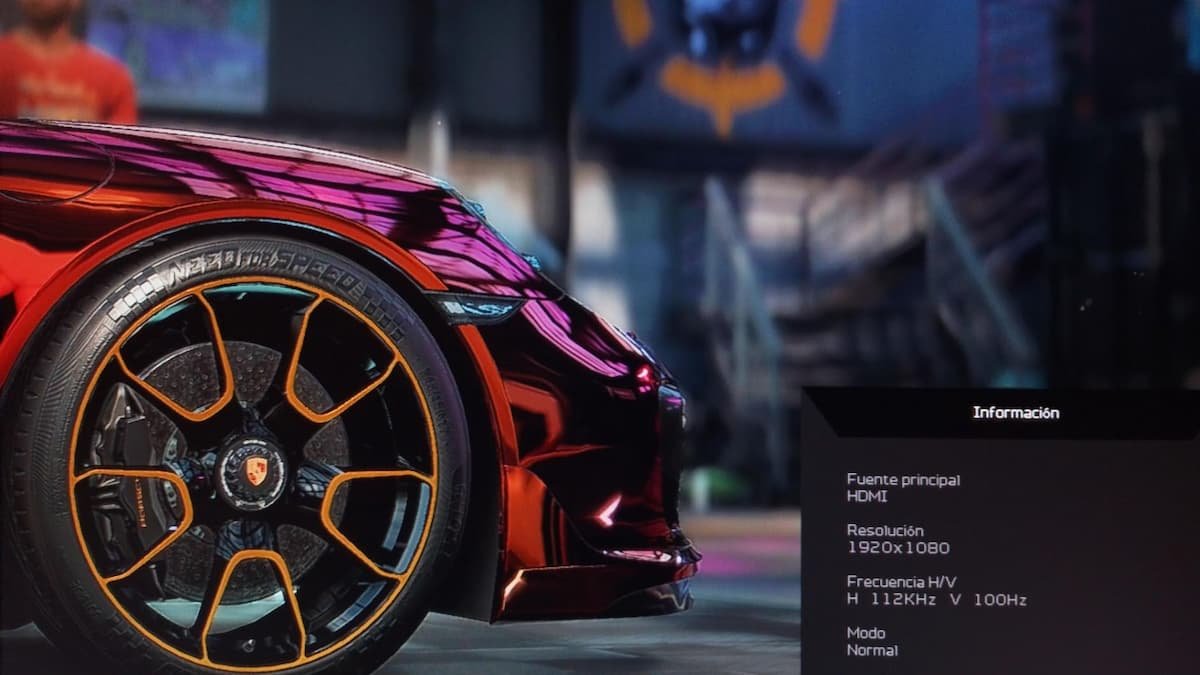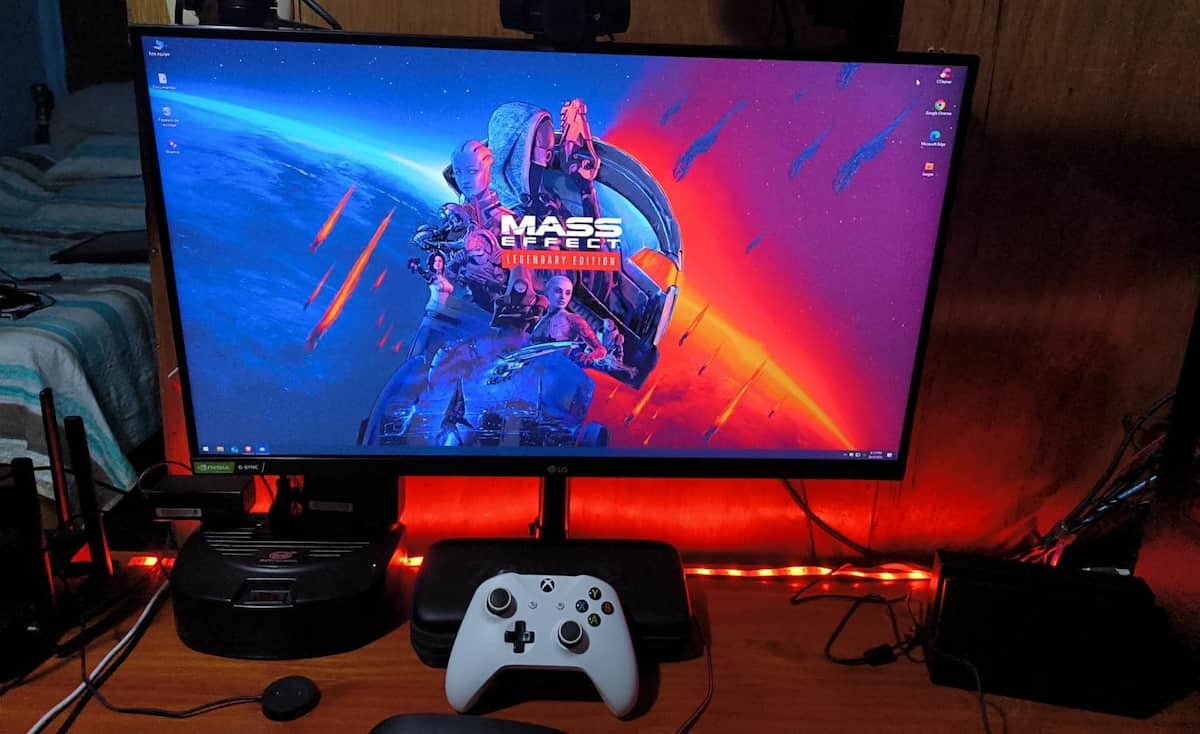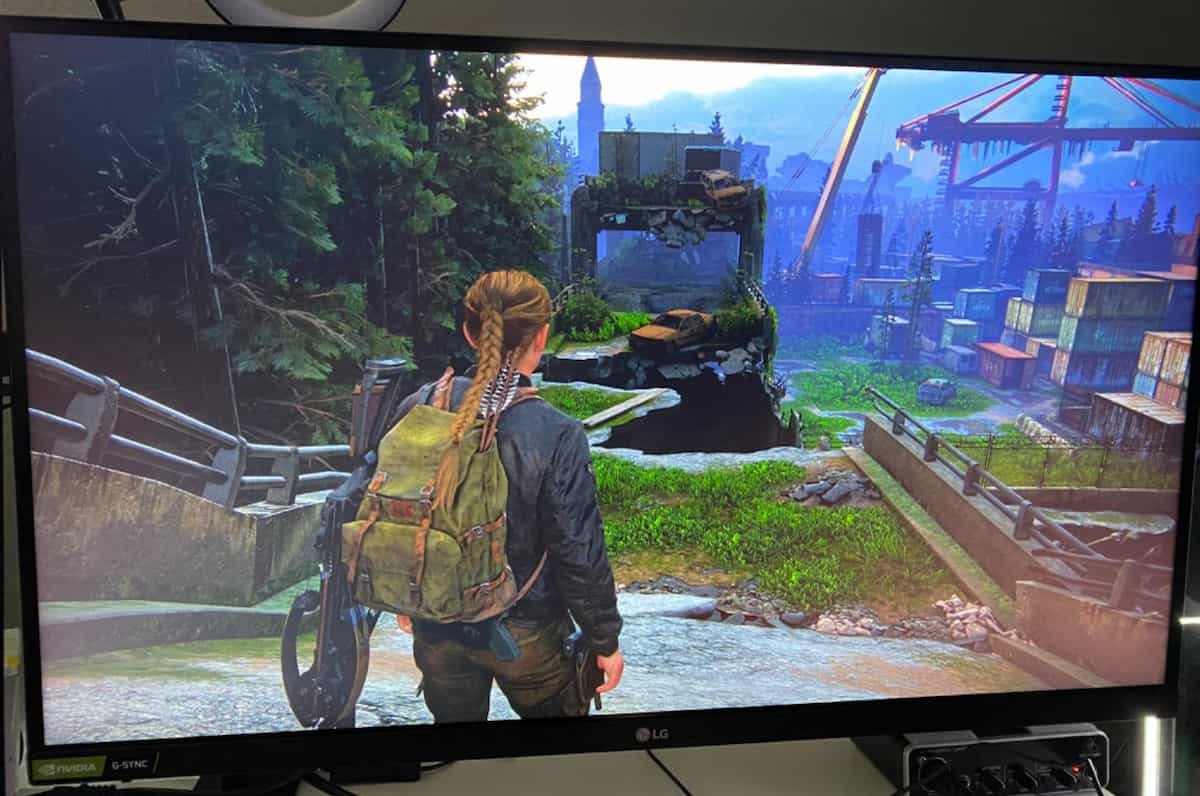If you’ve been shopping for a new monitor lately, there’s a good chance you’ve seen the term “IPS” show up in the product title or specs. And if you’re not super into tech, you’ve probably asked yourself: What even is an IPS monitor? Is that something I should care about?
The quick answer: Yes, you probably should.
Whether you’re working, gaming, or just watching Netflix, an IPS monitor can make your screen time look noticeably better. But to understand why, let’s back up a bit and look at how different types of monitor panels actually work.
First Things First: What’s a Monitor Panel?
Think of the panel as the heart of your screen. It’s what actually displays the image — the colors, the contrast, the sharpness, the speed of movement. Most monitors you’ll find today use LCD technology, and within that category, there are three main panel types: TN, VA, and IPS.

Each one handles image display a little differently, which means they all come with their own strengths and weaknesses.
Here’s a quick overview:
- TN (Twisted Nematic) – Super fast, usually cheapest, but colors and viewing angles suffer.
- VA (Vertical Alignment) – Great contrast and deep blacks, but slower response times.
- IPS (In-Plane Switching) – The sweet spot for most people. Awesome colors, wide viewing angles, and decent speed.
Now let’s focus on IPS.
What Exactly Is an IPS Monitor?
IPS stands for In-Plane Switching. It’s a type of LCD panel that arranges its liquid crystals in a specific way so that the image stays consistent no matter where you’re sitting. That means colors won’t shift when you move to the side or lean back in your chair.
With an IPS monitor, what you see is pretty much what you get — from any angle.
Why So Many People Prefer IPS
There are a few big reasons IPS has become the go-to panel type for so many folks:

1. Color Accuracy
IPS panels are known for displaying colors more accurately and consistently than TN or VA panels. If you’re into photo editing, video work, or even just binge-watching shows, you’ll definitely notice the difference.
2. Viewing Angles
With TN panels, the image can look washed out or weirdly dark if you’re not looking at it dead-on. IPS? Not a problem. You can move around, stand up, or sit off to the side — and the screen still looks great.
3. Good Enough for Gaming
Back in the day, IPS monitors had a bit of a bad rep among gamers because of slower response times. But times have changed.

These days, there are plenty of IPS monitors with 144Hz or even 240Hz refresh rates and low input lag. Unless you’re a competitive esports player, IPS will more than do the job.
But It’s Not Perfect
No tech is. Here’s what to keep in mind before buying an IPS monitor:
- Contrast: IPS panels usually don’t have as deep blacks as VA panels.
- Price: You might pay a bit more compared to a TN panel with the same resolution or refresh rate.
- IPS Glow: In dark rooms, you might notice a faint light at the corners of the screen. It’s not a dealbreaker, but it’s worth knowing about.
IPS vs TN vs VA – Quick Comparison
| Feature | IPS | TN | VA |
|---|---|---|---|
| Color Accuracy | Excellent | Poor to Average | Good |
| Viewing Angles | Very Wide (178°) | Narrow | Moderate |
| Contrast Ratio | Decent (1000:1) | Low | High (up to 4000:1) |
| Response Time | Fast (1–5ms typical) | Extremely Fast (0.5–1ms) | Slower (3–8ms) |
| Price | Mid to High | Low | Mid |
| Best For | Design, Gaming, Everyday | Esports, Budget Builds | Movies, Immersive Gaming |
Who Should Get an IPS Monitor?
Honestly? Just about anyone.
If you’re:
- A designer or editor, you’ll love the color precision.
- A gamer, you’ll appreciate the balance of visuals and responsiveness.
- Someone who watches a lot of movies, it’s a solid upgrade.
- Just working from home, it’ll be easier on your eyes.
IPS panels are incredibly versatile. Unless you’re building a budget rig for competitive FPS gaming (where TN still rules), IPS is usually the better pick.
Real-World Use Cases
Let’s say you’re editing vacation photos. You want the blue of the ocean and the warmth of the sunset to look just right. IPS delivers those subtle color differences with ease.
Or maybe you’re watching a movie with a friend. With a TN monitor, whoever isn’t sitting dead center is going to have a worse time. With IPS? Everyone sees the same vivid picture.
Even in gaming, especially single-player games where visual storytelling matters, the color depth and clarity from IPS panels make a big difference.
Final Thoughts
If you want a monitor that just looks better — and keeps looking good from every angle — IPS is the way to go. It’s not the cheapest or the fastest in every single metric, but it’s the most balanced option out there.

Whether you’re building a home office setup, upgrading your entertainment system, or just want something that won’t hurt your eyes after a full day of work, an IPS monitor is one of the smartest tech investments you can make.